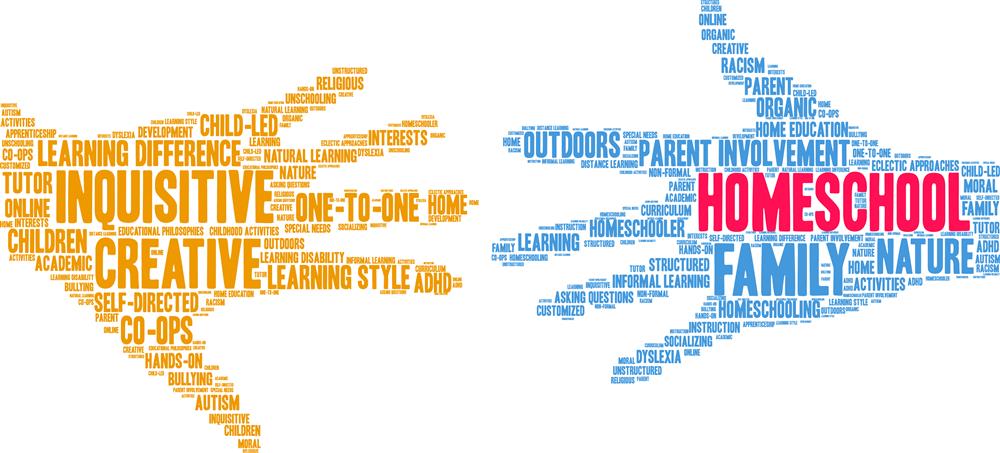
As a mom who has navigated the tumultuous years of raising teenagers, I understand the unique challenges and incredible growth opportunities that come with this phase of parenting. The ages of 14-17 mark a crucial period of self-discovery, independence, and decision-making for your teenager. In this blog post, I'll share my experiences, insights, and strategies for guiding your teenager through these transformative years with empathy, understanding, and a focus on open communication.
1. Embrace Open Communication:
During the teenage years, it's essential to create an environment where your teenager feels comfortable expressing their thoughts, emotions, and concerns. Listen actively and attentively to their words, showing empathy and understanding. Encourage them to share their dreams, goals, and challenges, while assuring them that you are there to support and guide them.
2. Focus on Coaching and Guiding:
Instead of imposing your opinions and solutions, adopt a coaching approach. Help your teenager explore different perspectives, consider consequences, and make informed decisions. Guide them through problem-solving, allowing them to take ownership of their choices. Encourage critical thinking and independence while offering your wisdom and guidance when needed.
3. Understand Their Struggles:
Teenagers face numerous challenges, such as peer pressure, identity formation, academic stress, and hormonal changes. Acknowledge and validate their feelings and experiences. Be patient and understanding during emotional outbursts or moments of rebellion. Remember that these struggles are a part of their journey toward adulthood, and your support and understanding will make a significant difference.
4. Overcoming Difficulties Together:
Throughout the teenage years, you may encounter various difficulties and conflicts. Approach these challenges as opportunities for growth and learning. Be open to compromise and negotiation, allowing your teenager to take responsibility for their actions and learn from their mistakes. Foster resilience and problem-solving skills by working through obstacles together.
5. Encourage Independence and Responsibility:
Teenagers crave independence and a sense of agency in their lives. Encourage them to take on responsibilities, such as managing their schedules, completing chores, and making age-appropriate decisions. Provide opportunities for them to develop skills in time management, budgeting, and self-care, nurturing their sense of responsibility and self-reliance.
Navigating the teenage years requires patience, understanding, and a willingness to adapt as a parent. By prioritizing open communication, coaching, and empathy, you can guide your teenager through this transformative phase of their life. Remember that listening is often more important than talking, and empowering them to make their own choices will foster their growth and self-confidence. Embrace the challenges, celebrate their achievements, and continue to be a loving and supportive presence in their lives. Together, you and your teenager will navigate this exciting journey towards adulthood.




.png)
.png)
.png) Homeschooling the elementary years can be a struggle. The need to supplement certain subjects, find motivation to push through others and make room for fun and memory making are all important things to consider - but don't let it overwhelm you. Engage your kids in helping you choose things. Often student led learning is the most rewarding.
Homeschooling the elementary years can be a struggle. The need to supplement certain subjects, find motivation to push through others and make room for fun and memory making are all important things to consider - but don't let it overwhelm you. Engage your kids in helping you choose things. Often student led learning is the most rewarding..png)
.png)
